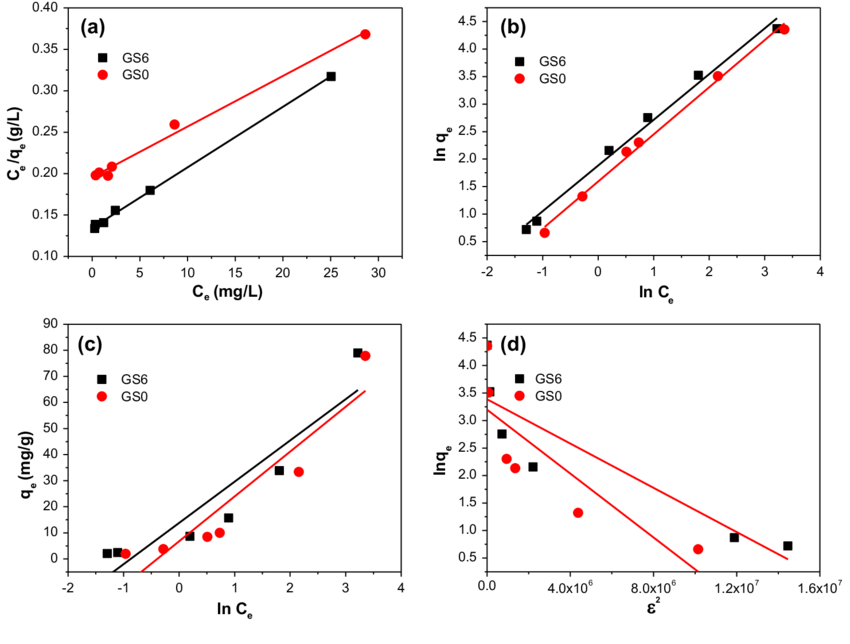ABSTRACT: A three-dimensional graphene–soy protein aerogel was prepared and characterized by scanning electron microscopy, Raman, and fourier transform infrared spectroscopy. Both the graphene aerogel (GS0) and the graphene–soy protein aerogel (GS6) were used as adsorbents for the removal of tetracycline from an aqueous solution. The kinetics model (pseudo-first-order, pseudo-second-order, and intraparticle diffusion model), isotherm model (Langmuir, Freundlich, Temkin, and Dubinin–Radushkevich), and pH influences were investigated to characterize the adsorption behaviors. The Langmuir and the pseudosecond-order were best fitted for both GS0 and GS6. Calculated from the Langmuir model, the maximum adsorption capacity of GS0 was 137.0 mg/g, while GS6 was 164.0 mg/g. Graphene was decorated by low-cost and nontoxic protein with enhanced adsorption performance and low biotoxictiy. Therefore, GS6 is a promising adsorbent material for the preconcentration and separation of antibiotics for environmental remediation.
